Rome is one of the oldest cities in the world, where history was made, and legends were born. Under this sprawling city is a network of tunnels where the long dead whisper tales of yore. With skeletons and dark narrow alleys, these tunnels are the Catacombs, where the early Christians buried their dead. Today, through a Roman Catacombs tour, we can peek into the past, a period between the 2nd-4th centuries when Rome was transitioning from a Pagan religion to Christianity.
The Roman Catacombs display architectural brilliance; they are carved out volcanic rock, are built for miles at stretch, and lie several feet deep into the ground. The Catacombs are an irreplaceable part of Roman history, revealing early Christian art in the form of frescoes and sculpture. Any traveler seeking to understand the foundation of Rome and Christianity must visit the Roman Catacombs!
Roman Catacombs in a Nutshell
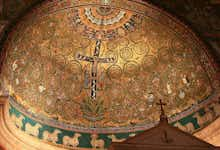
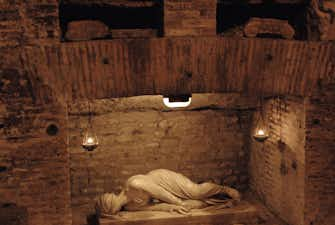
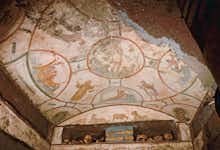
The Roman Catacombs (Catacombe di Roma) are ancient burial grounds under the Eternal City. The Catacombs are of immense historical significance, for both religion and art. While it shows the growth and practices of early Christianity in Ancient Rome, its frescoes and sculptures are of great importance in art history. Similarly, Jewish Catacombs are very important as they help trace Jewish culture between 2-4 century BC. While there are nearly 40 catacombs under Rome, only a few are open to the public.
Crypts, Bones, and Catacombs ✪
Price - € 69
Quick Jumplinks to Navigate the Guide
- Why You Should Visit the Roman Catacombs
- Why Take a Guided Tour
- Roman Catacombs Tour Tickets
- Facts About the Roman Catacombs
- Roman Catacombs Insider Tips
- Roman Catacombs Reviews
Why You Should Visit the Roman Catacombs
The Roman Catacombs shed light on a significant period in the history of Christianity. In the early ages, when Christianity wasn’t a major religion in Rome, the burial of the dead was not allowed in the ancient city. To circumvent this, people started building tunnels and catacombs underground on the outskirts of the city to bury their dead. This is why the catacombs are adorned with early Christian art, and use frescos and sculptures to depict their beliefs and customs. Once Christianity became a major religion, the burials underground stopped, and the catacombs were lost to the world.
There are more than 40 catacombs in Rome and were built along the roads leading out of Rome – Via Appia, Via Ostiense, Via Labicana, Via Tiburtina, and Via Nomentana. Today, a few of them are open to public and worth visiting, and are best experienced through guided tours.
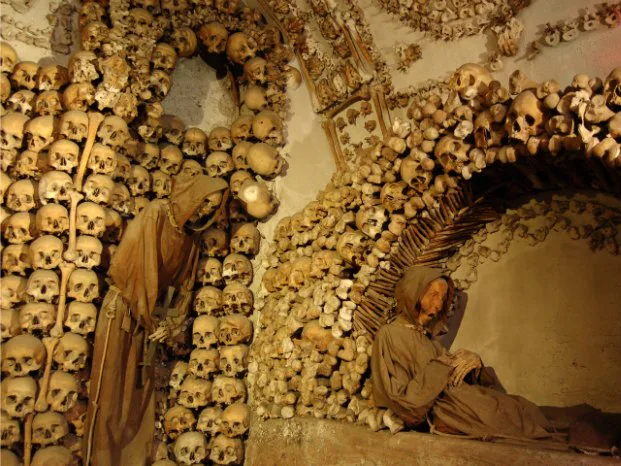
Catacombs of Priscilla: Often known as the Queen of Catacombs, due to the burial place of two popes and many martyrs, Santa Priscilla has some of the best artwork in all of the Roman Catacombs. It includes the oldest known Marian paintings and also has vivid Biblical scenes from the Old and New Testament.
Catacombs of Domitilla: These catacombs are among the best preserved and most extensive catacombs, with a network that spreads over 17 km. These are the only catacombs with a subterranean Basilica and the bones of the buried. Over 150,000 bodies have found their resting place here among the incredible frescoed walls.
Vigna Randanini Catacombs: Rome has just six known Jewish catacombs, of which only two are open to the public, with the Vigna Randanini being one of them. The Vigna Randanini dates back to the 2nd and 3rd centuries. They offer an insight into Jewish art with their images of Jewish faith.
Why Choose a Guided Tour
The Roman Catacombs have an ingenious architectural design, and are carved through soft volcanic rock to build crypts and tombs of commoners and saints alike. Spread across the city, they dive in deep to almost 60 feet underground like the catacombs at San Clemente, and run for almost 17 km like the catacombs at San Castillo. It’s easy to get lost amongst the narrow alleyways of the Catacombs, which is why a guided tour is the perfect way to exploring these Catacombs.
During your tour, you will get a local guide with extensive knowledge of art and history. The guides know the catacombs like the back of their hand, and know exactly where the interesting points are. They will give you nuggets of history at every stop along the way. The Catacombs are rich with vestiges of the burial sites, including skeletons and mummies. You also get to see some incredible well-preserved frescoes. You will need someone to help you understand the significance of these, so the best way is to go on a guided Roman Catacombs tour.
Roman Catacombs Tour Tickets
Crypts, Bones, and Catacombs
• Travel back centuries in the narrow alleyways of Catacomb of Priscilla with its ancient tombs and Capuchian Bone Crypt
• Explore the architecture of Basilicas of San Clemente and San Nicola
• Learn about the history of Christianity and the unusual early burial rituals
Rome Catacombs and San Clemente Underground Tour
• Enjoy skip the line entry at San Clemente Basilica and the Catacombs of Domitilla
• Discover the sights on a 3-hour walking tour with the expertise of an art history guide and admire ancient building techniques 60 ft below the ground at the ‘lasagna church’ of San Clemente, known for its underground levels
• Get to know different facets of Christianity and ancient burial practices in the Catacombs of Domitilla, and walk down the millennia old Appian Way
Crypts & Catacombs at Night: With Exclusive After Hour Access
• Go on an once-in-a-lifetime experience of the Roman Catacombs at night with an expert guide through the mysterious burial places of yore
• Unearth the secrets of the Capuchin Crypts and the ‘Queen of Catacombs’ Santa Priscilla once the tourists have left
• Explore the oldest painting of the Virgin Mary and the artworks of Caravaggio among the many weird and startling décor of the Capuchin Crypt
Basilicas and Secret Underground Catacombs Tour
• Admire the exquisite architecture and interiors of the oldest church in the west – Basilica of St. John Lateran
• Step on the ‘Holy Staircase’; legend says that Jesus used this 28 step staircase right before his crucifixion
• Visit the Basilica di Santa Maria Maggiore with its beautiful interiors and the Borghese Chapel
• Walk down the historic Appian Way, one of the oldest roads built in 312 BC
• Go down to the ancient Catacombs and learn about the ancient Christian burial practices
Old Appian Way Jewish Catacomb Walking Tour - Private Access
• Visit the rare Jewish Vigna Randanini Catacomb, one of the only two open to public
• Explore the 3rd century Catacombs that display the icons and images of Jewish faith including the Ark of Convenant, Menorah, and the seven-branch Candelabrum
• Discover the unique features that set it apart from the many Roman Christian Catacombs
• Walk down the age-old Appian Way that has seen many tragic historic events, including the crucifixion of Spartacus’ Army
• Learn about Jewish, Pagan, and early Christian customs and traditions from an expert English-speaking guide
Facts About the Roman Catacombs
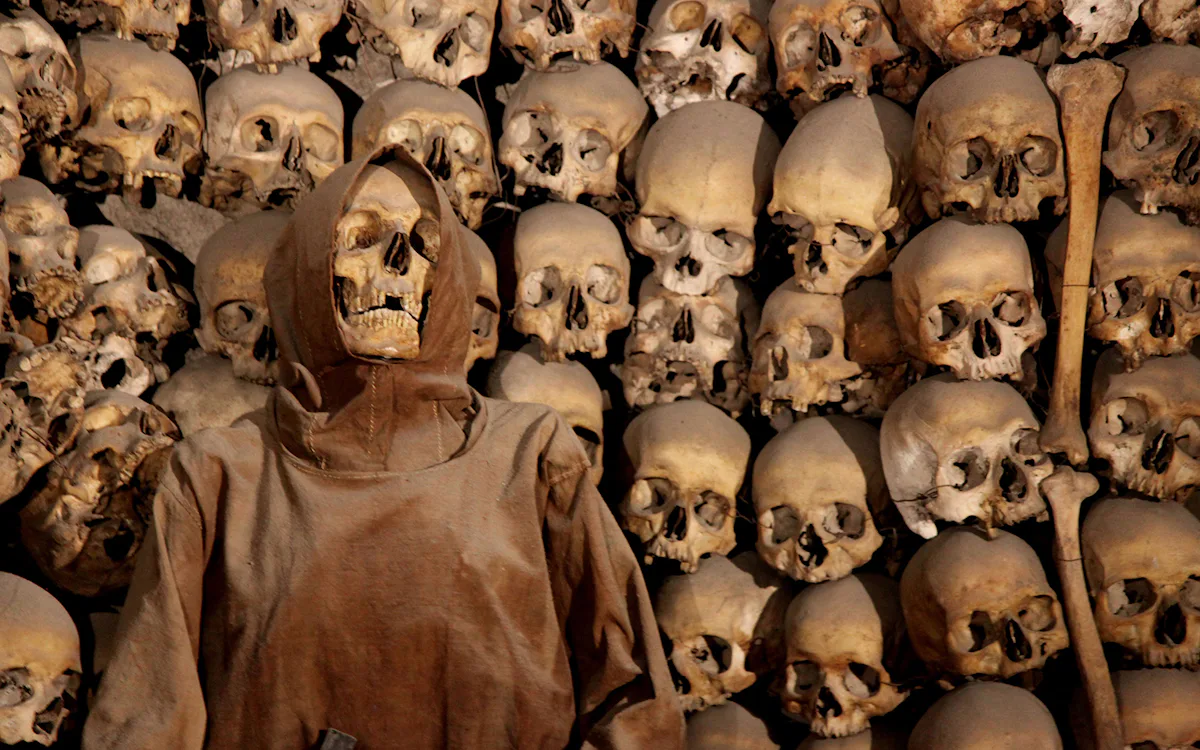
- The word catacomb has been derived from the Greek word ‘coemeterium’ meaning dormitory. It refers to the Christian belief that burial is only temporary, till the soul can be resurrected again.
- A recent restoration of the frescoes of the Catacombs of Domitilla was undertaken. Layers of grime from lamp soot, oil and calcium deposits were drilled through laser techniques to reveal beautiful and vivid frescoes including the ‘Room of the Bakers’.
- The Roman Catacombs are the place where Pagan religion meets Christianity, and this can be seen in the artwork throughout the Catacombs. Some of the frescoes include Pagan symbols like doves and then the fish came along with the early signs of Christianity. Then came the elaborate detailed frescoes of Last Supper, Moses and other biblical depictions.
- The Roman Catacombs are named after the Christian martyrs who were buried there like Marcellinus and Peter, Saints like Saint Valentine (San Valentino) Saint Sebastian (San Sebastino), or after the owners of the land under the catacombs like Santa Priscilla.
- The Roman Catacombs are not tourist places, but places of religion and are thus maintained by the papacy at Vatican. The Pontifical Commission of Sacred Archaeology takes up the maintenance and responsibility of the Catacombs and assigns it to various orders of nuns and priests to take care of them.
Roman Catacombs Insider Tips
- The Roman Catacombs are built under Churches and are Christian burial grounds, making them sacred places. Ensure you are dressed appropriately and cover your shoulders and knees.
- The catacombs are narrow alleys and stretch deep into the earth and for long distances, while they are adequately lit, it can get claustrophobic. If you are prone to anxiety in such places, avoid it altogether.
- Carry a bottle of water and snacks for the tour. There aren’t many places to eat near the catacombs.
- Wear comfortable walking shoes, the tunnels are hand hewn and do not have flat surfaces throughout.
Roman Catacombs Reviews
Seeing and knowing the history of underground Rome is very interesting. The entrance through Basilica offers a fascinating experience. Catacombs are underground corridors and rooms that used to serve as cemeteries and religious ceremonies of Christians and Jews in antiquity near Via Apia. Most of the bones have been removed to lower levels, but many fresco still remain. Highly recommended!
Friends suggested riding the bus outside the main city a few minutes to void the crowds. Very glad we did. This is less commercial and really allows you to get a feel of how things were. We learned a great deal about the time period and enjoyed the tour. The guide shared many interesting things about the catacombs, the church during that period and more. It was an easy ride on the city bus and a short walk. No need to book an excursion, making this an inexpensive but worthwhile visit.
The post Discover the History of Rome With the Roman Catacombs Tour appeared first on Headout Blog.
Article source here:Headout Blog


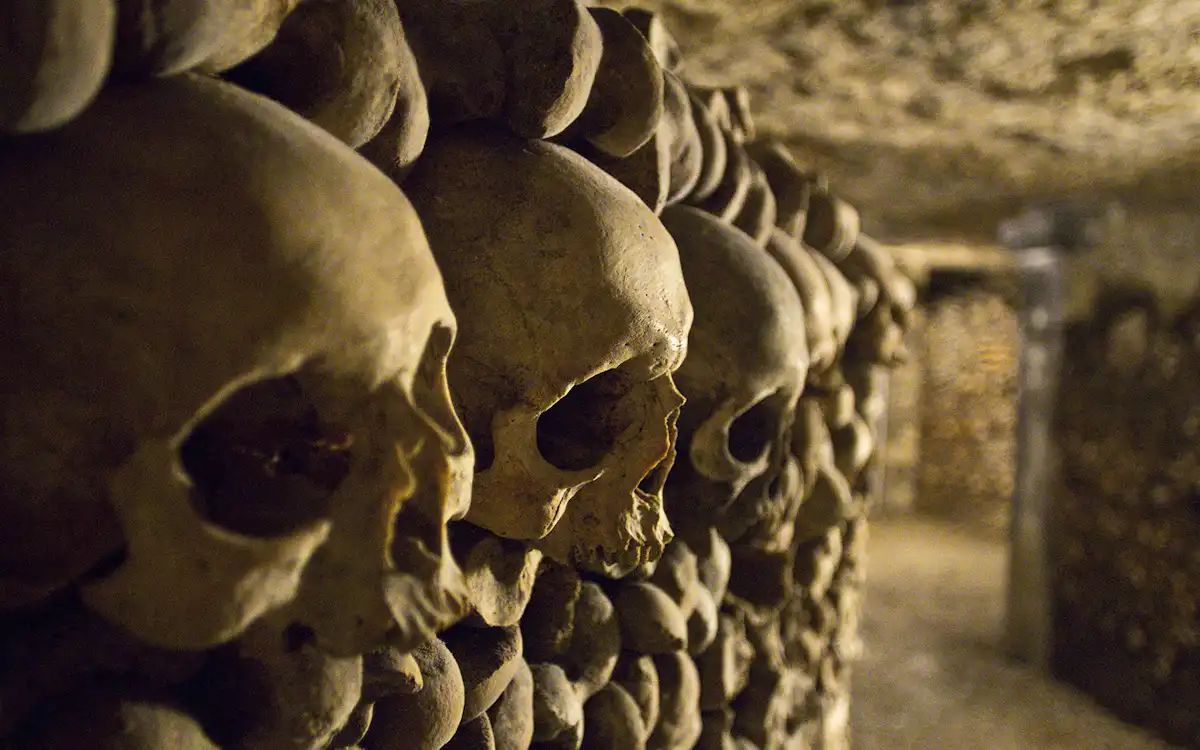
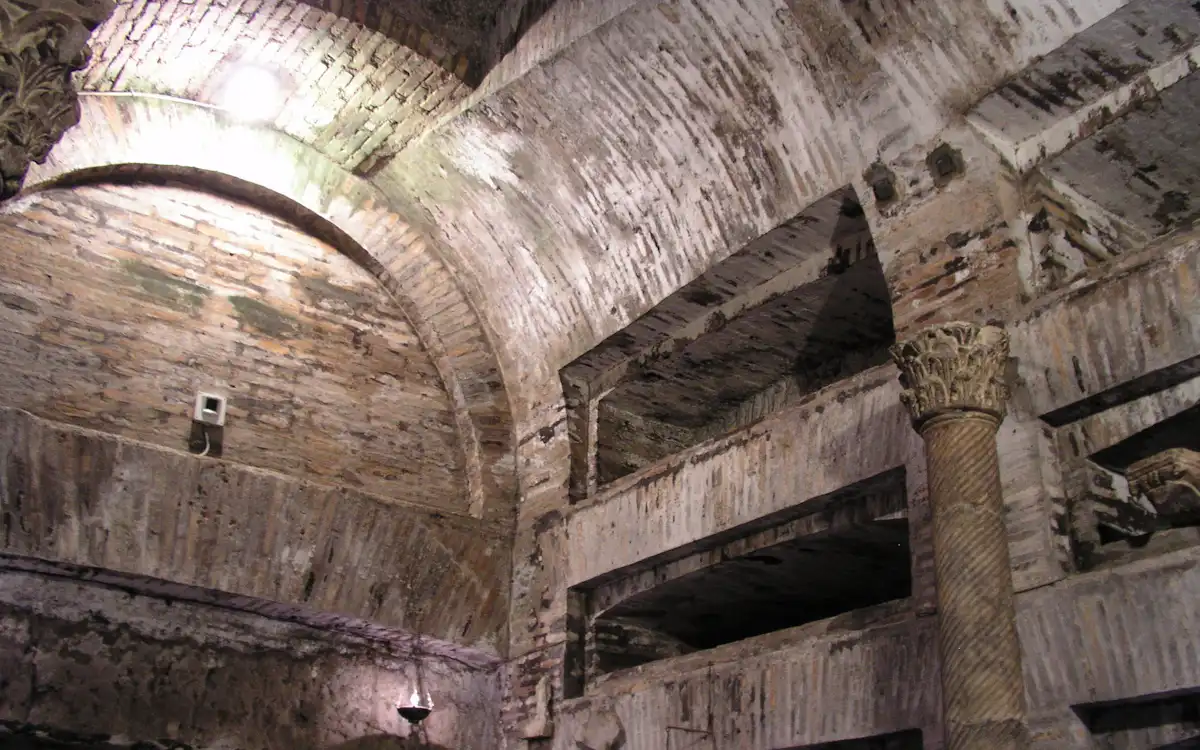
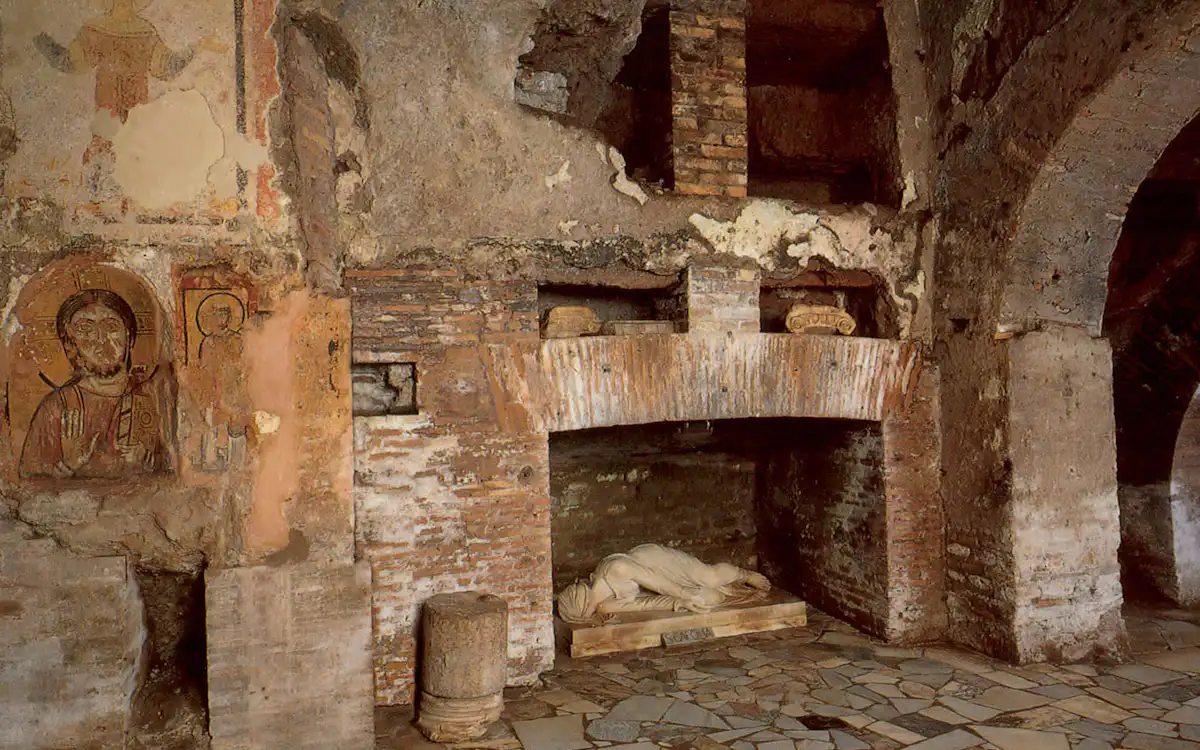
No comments:
Post a Comment